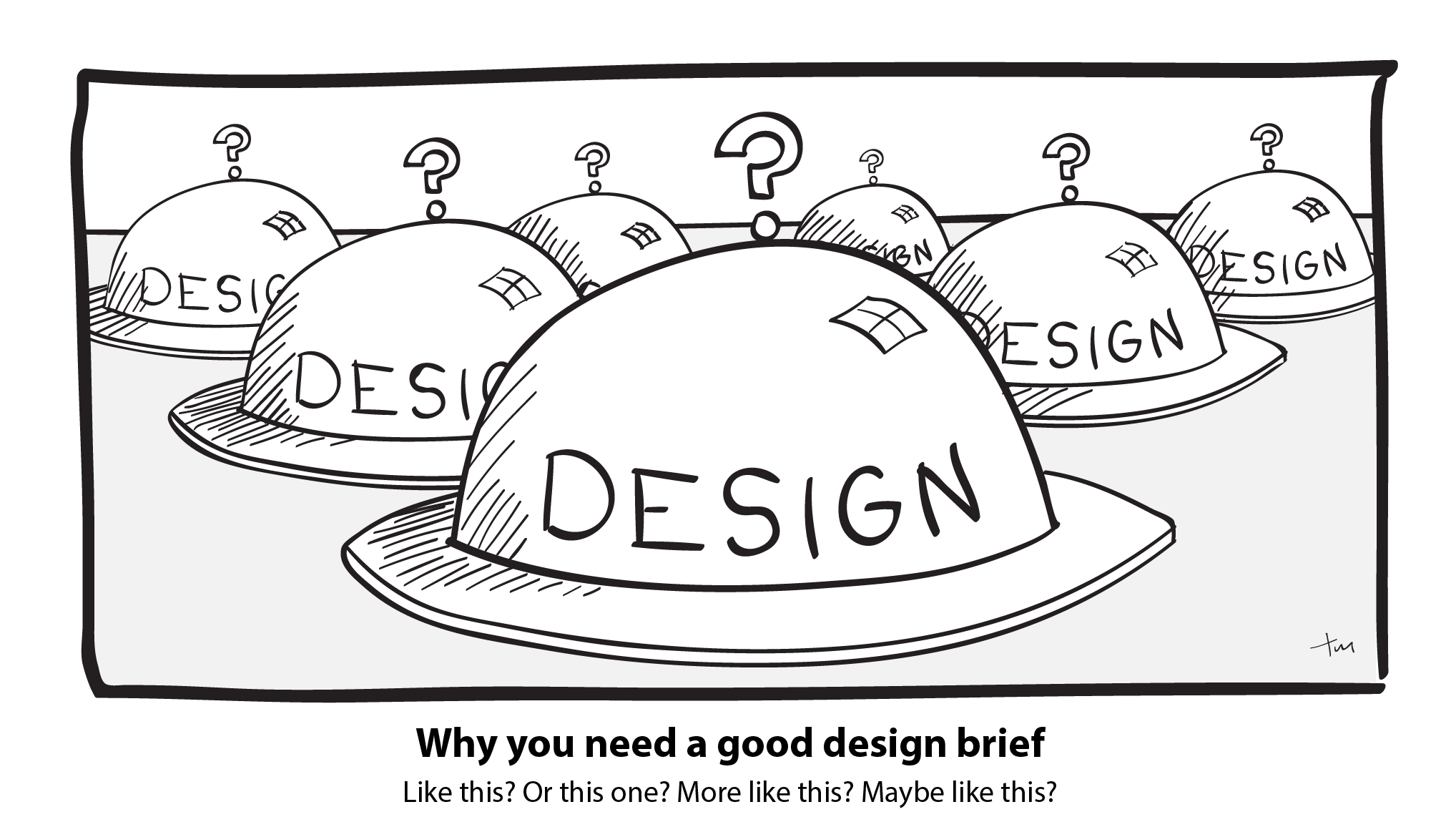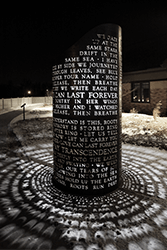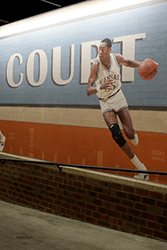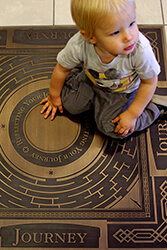Why you need a good design brief
Try this next time you’re at a restaurant:
–What can I get for you, sir?
–Well, I’m hungry but I’m not sure what I want.
–Do you want me to give you more time with the menu?
–No, why don’t you just make some things and bring ’em out. I think I’ll know what I want when I see it.
–Oh. Um…are you thinking something light, like an appetizer? Or dessert? Dinner?
–I’m not sure–let’s just get the process started and I’ll let you know as we go.
Before the designers start their work make sure everyone agrees about what they’ll be working on.
That sort of exchange in a restaurant would probably end abruptly and you would leave hungry. Why should you approach a conversation with your creative team in the same way? Before the designers start their work make sure everyone on both sides of the table has a clear idea of what they’re going to be working on. One way to do that is to take some time before diving into the project to develop a design brief.
What to include in your design brief
There are a lot of ways to approach it, but here are some things to consider when developing a good design brief:
Purpose
Before you answer any other questions, you should know why you’re even talking with a designer. What do you want this proposed project to accomplish? How will you know if it’s working?
Target Audience
Who is going to be reading or viewing this piece? How is the audience going to receive this piece? Will it be something to give to them in a face-to-face meeting? Or is it sent through the mail? Through social media?
Context
Nothing is produced in a vacuum.What other materials will accompany this piece? Unless you’re considering a complete rebrand, your current project is going to be used alongside your existing materials. If you are rebranding, your rebrand is going to be layered on top of the perceptions your audience currently has. Both clients and the designers should work to understand the context around the new project.
Style and Tone
What should this piece feel like? Is it informal and friendly like a warm cup of coffee? That might lead your designer towards a more casual look, perhaps with hand-drawn elements and organic textures. Should this piece feel formal and precise like a luxury car? Your designer might create a piece with a sleek gloss finish, crisp lines and dark colors. In this conversation, identifying what you don’t want is as helpful as what you do want. It’s also extremely helpful if you can provide your designer with examples of other materials you’ve seen that have the style and tone that you’re going for.
Color
It’s always helpful to have very specific color information about your brand. There is an infinite variety of shades of blue, for example–if the blue on this new piece is going to match the rest of your materials, your designer will need to know the exact color information for your brand–hex codes for web projects, and Pantone colors or specific CMYK values for print.
Content
What is this piece going to say? It’s especially important to define 1) who is going to be developing the content and 2) how much content there’s going to be. A 3-page Word document won’t fit on a business card, and shouldn’t fit on a billboard. The content should be finalized before the project moves to layout, to save on design time and costs.
Production Specifications–Size and Quantity
It may seem like the most boring aspect of the brief, but both the designer and the client need to have a clear understanding of what size the final deliverable should be. Be precise, down to the exact pixel dimensions or the exact trim size. Even small changes to the dimensions after the project has gone to layout can result in a lot of extra design hours. If you’re creating a physical piece, make sure that you talk early in the process about how many you’d like to produce–your designer may be able to lower your print costs if they know your quantities from the beginning.
Timeline and Milestones
You should both agree on when each phase of the project should be done (initial concepts, first drafts, revisions, etc.) as well as when the final materials should be delivered.
A good design brief means good expectations
You only realize that you have expectations when they haven’t been met.
One advantage of taking the time to create a design brief is that everyone’s expectations will come out in the process. Expectations are funny–you only realize that you have expectations when they haven’t been met. It’s invaluable to have a document that you can both refer back to as you develop the project. That common reference point will make future conversations about the project more productive.
Developing the design brief may mean a slower start initially, but it’s worth the time. The process will go smoother, with less wasted time and frustration on all sides. You’ll save time and money by communicating clearly from the beginning.
To read more articles like this visit: Design, Identity, Illustration, The Nerdatorium









